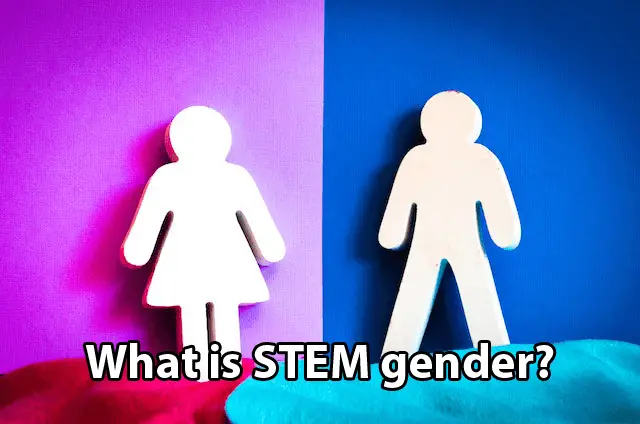
Introduction
Education is a powerful tool that empowers individuals to shape their own future and contribute positively to society. In traditional educational models, the role of the teacher has been to impart knowledge and guide students through their learning journey. However, there is a growing recognition that students themselves have valuable insights and experiences that can enhance the learning process for everyone. Empowering students as guides not only unlocks a wealth of knowledge but also fosters strong communities within educational institutions.
When students are given the opportunity to take on the role of guides, they become active participants in their own education. This shift in perspective encourages them to explore subjects in greater depth, ask critical questions, and seek out innovative solutions. By empowering students as guides, educators create an environment that promotes independent thinking, collaboration, and personal growth.
The Benefits of Student Guides
1. Enhanced Learning:
When students are empowered as guides, they develop a deeper understanding of the subject matter. Teaching others helps reinforce their own knowledge and encourages them to explore different perspectives. By taking on leadership roles in their learning, students become more engaged and motivated.
2. Building Confidence:
Empowering students as guides not only enhances their academic abilities but also boosts their confidence. When students are trusted with the responsibility to guide others, they develop a sense of competence and self-assurance. This newfound confidence extends beyond the classroom and positively impacts various aspects of their lives.
3. Developing Communication Skills:
As student guides, individuals have the opportunity to practice and refine their communication skills. They learn how to articulate ideas clearly, actively listen to others’ perspectives, and adapt their communication style based on different audiences’ needs. These skills are invaluable for future professional and personal interactions.
Creating Strong Communities
1. Collaboration:
When students take on the role of guides, collaboration becomes an integral part of the learning process. They work together to develop lesson plans, share resources, and support each other in their teaching roles. This collaborative environment fosters a sense of belonging and encourages students to learn from one another.
2. Empathy and Understanding:
Empowering students as guides promotes empathy and understanding among individuals with different backgrounds and experiences. As student guides interact with their peers, they gain insights into diverse perspectives and develop a greater appreciation for the value of diversity. This understanding translates into stronger relationships within the educational community.
3. Leadership Skills:
By empowering students as guides, educational institutions nurture future leaders. Students develop essential leadership skills such as problem-solving, decision-making, and effective communication. These skills prepare them to take on leadership roles not only within academic settings but also in their future careers and communities.
Frequently Asked Questions (FAQ)
Q: How can teachers empower students as guides?
A: Teachers can empower students as guides by providing opportunities for peer teaching, encouraging independent research projects, and fostering a collaborative classroom environment where student voices are valued.
Q: What subjects or grade levels are suitable for implementing student guides?
A: Empowering students as guides can be implemented across various subjects and grade levels. From elementary school to higher education, the benefits of student-guided learning are applicable in diverse educational contexts.
Q: Are there any potential challenges in empowering students as guides?
A: While empowering students as guides can be highly beneficial, challenges can arise in terms of managing classroom dynamics, ensuring accurate and comprehensive knowledge transfer, and maintaining a balance between student-guided learning and teacher-led instruction.
Q: How does student-guided learning prepare students for the future?
A: Student-guided learning prepares students for the future by fostering independent thinking, collaboration, and communication skills. These qualities are essential in navigating an ever-changing world and succeeding in various personal and professional endeavors.
Q: Does empowering students as guides replace the role of teachers?
A: No, empowering students as guides does not replace the role of teachers. Rather, it complements their role by creating a dynamic learning environment where students actively participate in their own education while still benefiting from the guidance and expertise of their teachers.
Conclusion
Empowering students as guides is a transformative approach to education that unlocks the full potential of each learner. By shifting the focus from passive recipients of knowledge to active contributors and guides, educational institutions foster an environment that promotes deeper learning, confidence building, and community engagement. Through student-guided learning, students develop vital skills for their future while also creating stronger bonds within their educational communities. As we continue to explore innovative approaches to education, empowering students as guides stands out as a powerful tool for unlocking knowledge and building strong communities.

















